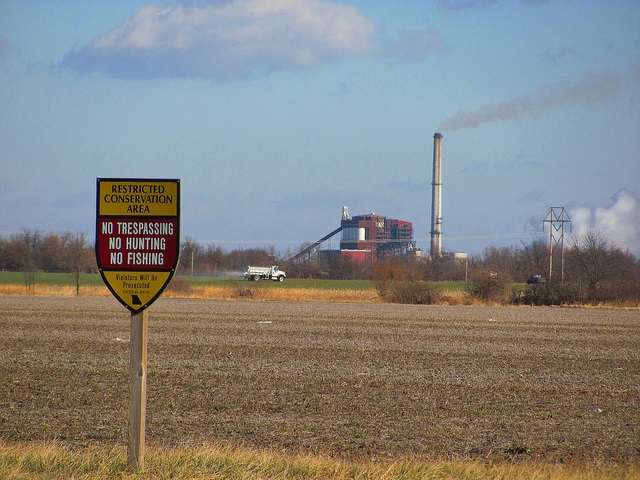Conservation vs Preservation
Conservation and preservation are both essential methods for safeguarding the future of significant global phenomena, such as the environment, natural resources, and wildlife habitats. However, these two terms are sometimes mistakenly used interchangeably, and it is important to understand the difference between them.
What is Conservation?
Conservation refers to the preservation of natural environments, resources, and wildlife habitats. A conservation area is an area with a significant environment that is legally protected against undesirable changes that could harm that environment.
Terms like conservation of energy, conservation of mass, and conservation of momentum are also widely used today. A key principle in physics regarding conservation of energy is that the total energy of any system not subject to external action remains constant, despite internal changes, such as chemical reactions or physical transformations.
A supporter or advocate of environmental conservation is called a conservationist, while the term environmentalist is also used for this purpose. Conservation is used in the sense of preservation for the future. For example, the term conservation of water means that water is conserved for future use. In Arizona, the United States, conservation of water is a primary function of the government because it is a desert area.
What is Preservation?
Preservation, on the other hand, refers to the act of keeping an object safe and free from harm or decay. A common example is the act of maintaining a palm leaf manuscript in good condition in a library. Preservation of an object involves trying to maintain its quality or condition. Artifacts and archives are often preserved in museums.
Various types of preservation exist, such as historic preservation, textile preservation, and survey preservation. Historic preservation is a professional approach to preserving and protecting buildings, objects, landscapes, or other artifacts of historical significance. Textile preservation refers to the processes by which textiles are cared for and maintained to prevent future damage. Other fields of preservation include library preservation and art preservation. Preservation surveys involve collecting and analyzing data about the physical condition of materials available in libraries.
Key Takeaways
- Conservation is the protection, preservation, or careful management of the environment and natural resources, such as forests, wildlife, soil, and water.
- Preservation is the act of keeping an object safe and free from harm or decay, maintaining its quality or condition.
- Conservation is about using resources sparingly, while preservation focuses on maintaining or keeping what already exists.
